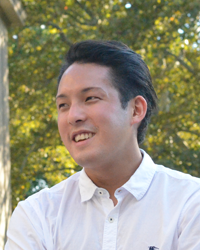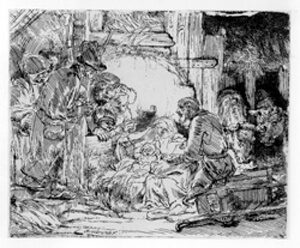A Bridge Across the Pacific
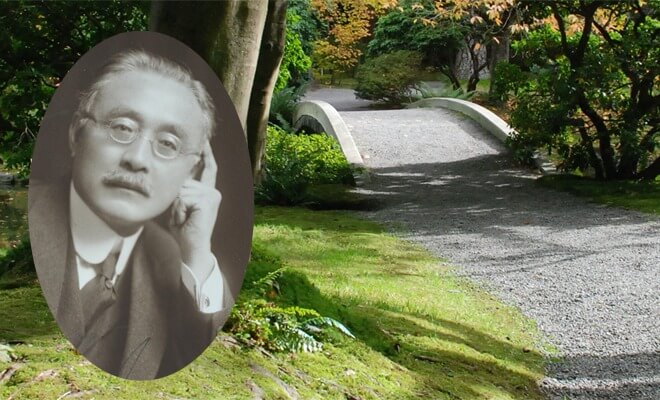
Nitobe Memorial Garden is located in the campus of University of British Columbia in Vancouver, Canada, from which I graduated. This garden commemorates the life of Inazo Nitobe (1862-1933).
After Nitobe’s death his memorial plaque was built in the campus. Amid the anti-Japanese sentiment during the post-World War II era, the plaque was ripped out from its pedestal and thrown away in a bush. When the university’s president, Norman Mackenzie, picked the plaque up, he decided to erect a memorial garden in order to commemorate his late friend’s earnest prayer for peace.
It was at a League of Nations meeting in 1925 that Nitobe and Mackenzie met. Since then, they spent many occasions together, sometimes with their families during Christmas, deepening their friendship each time. Mackenzie sympathized with Nitobe’s dream “To Become a Bridge Across the Pacific,” and the two enthusiastically exchanged their ideals toward peace.
After the Manchurian Incident of 1931, the world started to bitterly criticize Japan. At the conference of Institute of Pacific Relations in Canada, Nitobe stood up to justify Japan’s actions, but most of the conference dismissed his desperate arguments, saying, “Those are ramblings of a militaristic nation.”
Mackenzie, who understood the true intent of his friend, organized public speeches so Nitobe could address the mass, such as in Vancouver. However, Nitobe fell to a sudden illness during this time and died in Canada.
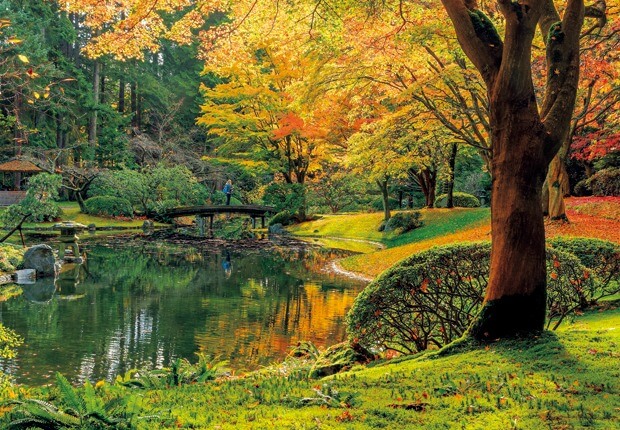
The lake in the Nitobe Memorial Garden represents the Pacific Ocean, and the “Earth Bridge” over it represents Nitobe himself. An earth bridge is a bridge that unceasingly connects the soil of the two sides.
Nitobe did not live to see the peace he had always sought. Still, in spite of his death, the prayer that kindled his heart also lit fire in Mackenzie’s heart.
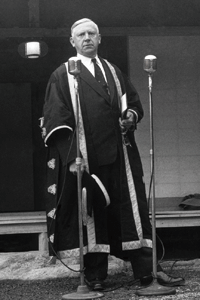
Over a decade later, Mackenzie became the president of the university. He solicited support to erect the garden, started various classes concerning Japan and its culture, and innovated young students’ mind against the hate-laden post-war society. Graduates became prime ministers and internationalists, and laid the foundation for a new world.
Mackenzie’s actions were as if he was trying to complete the bridge that Nitobe started building―Mackenzie from the east and Nitobe from the west of the Pacific.
At the opening ceremony of the garden, Mackenzie himself emceed. Many speakers praised the beauty of the garden, but he instead solely appreciated his friendship with Nitobe, proclaiming, “I am delighted… to look after this garden… so that it is an appropriate memorial to a great man who devoted his life to the cause of his fellow men and the cause of peace.”
Daigo Naito
(Shikokuchuo, Japan)

